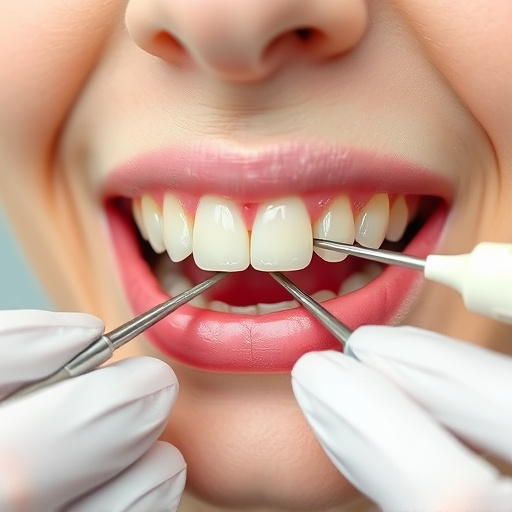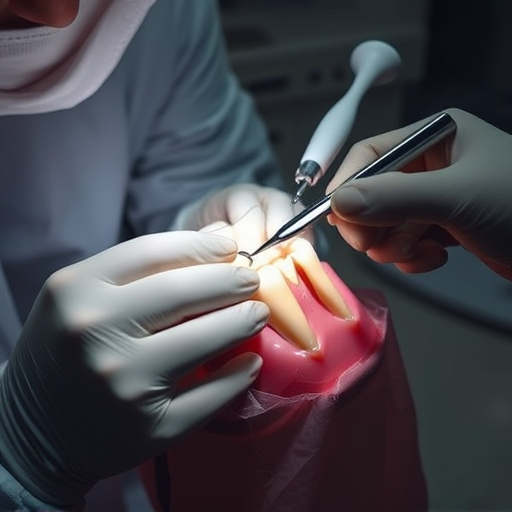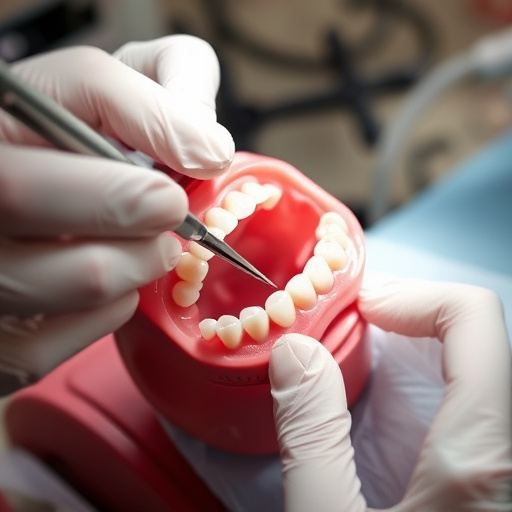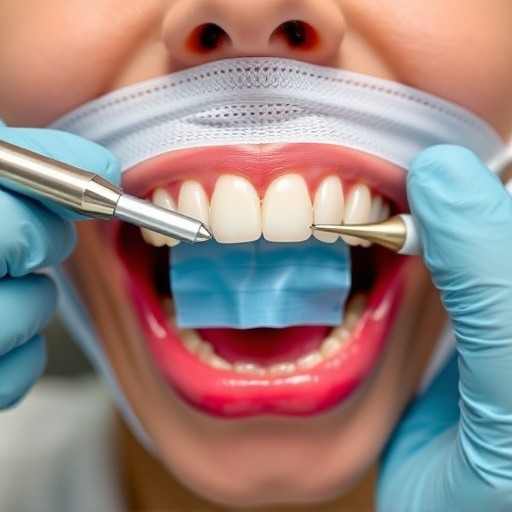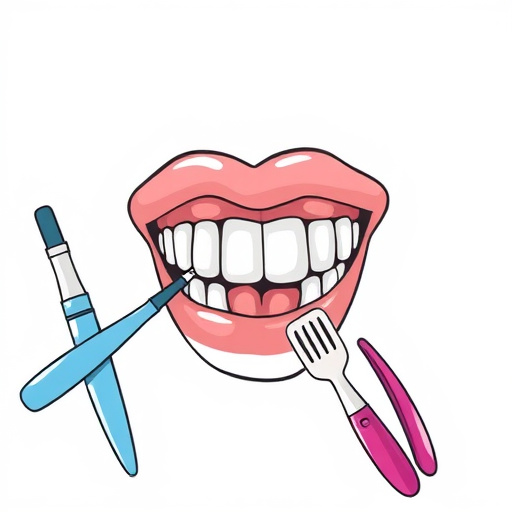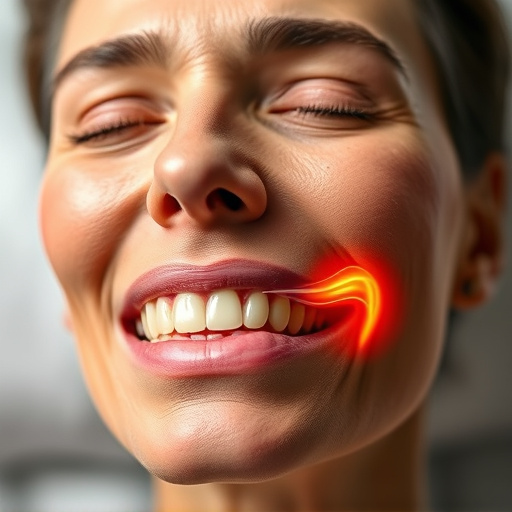Occlusal adjustment, a precise dental procedure, aligns teeth and reduces wear, crucial for preventive dentistry. By ensuring proper tooth contact during chewing and speech, it minimizes stress on the temporomandibular joint (TMJ) and muscles, preventing oral health issues like tooth wear and TMJ disorders. Customized treatment planning using advanced technologies like clear aligners or bonding promotes unique jaw alignments and long-term well-being. Regular check-ins ensure optimal adjustments, preserving natural tooth structure in both adult and pediatric dentistry.
Occlusal adjustment, a precise dental technique, offers profound benefits in aligning teeth and improving bite alignment. This comprehensive guide delves into the intricate principles and purposes of occlusal adjustment, highlighting its role as a transformative treatment. We explore customized treatment planning, emphasizing the importance of tailoring solutions to individual needs for optimal results. Discover effective strategies that revolutionize oral health and enhance overall well-being through targeted occlusal adjustment techniques.
- Understanding Occlusal Adjustment: Principles and Purpose
- Customized Treatment Planning: Tailoring to Individual Needs
- Implementing Effective Strategies for Optimal Results
Understanding Occlusal Adjustment: Principles and Purpose

Occlusal adjustment is a meticulous process focused on aligning the bite and reducing excessive wear on teeth. It involves assessing the relationship between upper and lower teeth to ensure they meet correctly, minimizing stress on the temporomandibular joint (TMJ) and muscles responsible for chewing. This adjustment plays a crucial role in preventive dentistry, aiming to forestall more severe oral health issues down the line. By addressing misalignments early, it can prevent the need for extensive treatments, including cosmetic fillings or even dental implants.
The principles of occlusal adjustment center on achieving and maintaining proper tooth contact during chewing and speech. Dentists employ various techniques, such as teeth cleaning and precise adjustments to the occlusal surfaces, to correct misalignments. This not only enhances overall oral health but also contributes to a patient’s comfort and aesthetic appeal, as it can help prevent dental wear, chip formation, and even headaches caused by TMJ disorders.
Customized Treatment Planning: Tailoring to Individual Needs
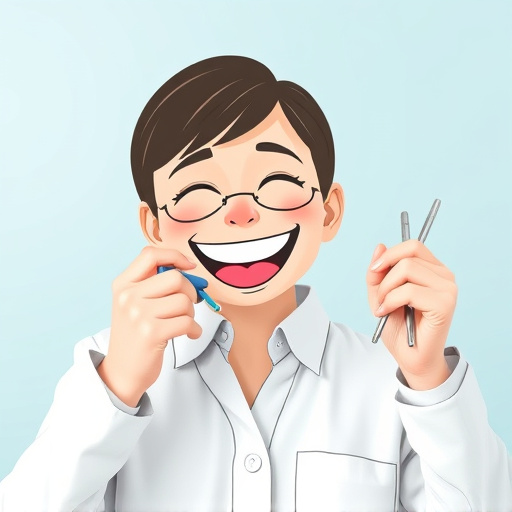
In the realm of occlusal adjustment, Customized Treatment Planning is a game-changer that revolutionizes dental care. Every individual’s oral structure and needs are unique, making one-size-fits-all approaches ineffective. This tailored approach ensures that treatments address specific issues while considering each patient’s anatomical complexities and preferences. By delving into the intricate details of an individual’s bite and jaw alignment, dentists can design precise plans using advanced technologies like clear aligners or exploring options such as dental bonding for more complex cases.
This personalized strategy extends beyond corrective measures to include preventive dentistry. By addressing occlusal issues early and precisely, it reduces the risk of future oral health problems, ensuring a lasting solution. Thus, customized treatment planning not only enhances the effectiveness of occlusal adjustment but also fosters a holistic approach to dental care, promoting long-term oral well-being.
Implementing Effective Strategies for Optimal Results

Implementing effective strategies for optimal results is a cornerstone of successful occlusal adjustment. This involves a comprehensive approach that considers each patient’s unique needs and dental history. Customized treatment planning, tailored to individual goals, ensures that adjustments are not only precise but also aligned with long-term oral health. By integrating advanced techniques and materials, such as dental bonding, into the equation, dentists can achieve precise occlusal relationships while preserving natural tooth structure in both adult and children’s dentistry settings.
A key aspect of this process is fostering open communication between dentist and patient. Educating patients on their condition and treatment options equips them to make informed decisions. Regular check-ins and follow-up appointments are crucial to monitor progress, address concerns, and make adjustments to the treatment plan as needed. This holistic approach, encompassing both technical proficiency and patient centricity, is what distinguishes exceptional family dentistry practices, ensuring optimal outcomes for every member of the community.
Occlusal adjustment, when combined with customized treatment planning, offers a holistic approach to dental care. By understanding the principles and tailoring strategies to individual needs, dentists can achieve optimal results for each patient. This comprehensive method ensures that every aspect of oral health is considered, leading to long-lasting and effective solutions. Incorporating occlusal adjustment into practice enhances the overall patient experience, demonstrating the importance of a customized approach in modern dentistry.








